SWIR Lenses, LWIR Lenses, MWIR Lenses, and NIR lenses
As one of the world’s foremost producers of high performance IR lenses, we carry a wide selection of SWIR lenses, LWIR lenses, MWIR lenses, and NIR lenses. These lenses are ideal for use in the infrared region, with applications including industry, medicine, scientific research, and defense.
Types of Infrared Lenses
- Short Wave Infrared (SWIR) lenses function best when used with radiation between 800 and 1700nm. These lenses are used for noninvasive quality control and machine vision as well as in medical diagnostics and anti-counterfeiting applications. Though SWIR light is invisible to the human eye, an SWIR camera can produce high resolution images with detail equal to a standard camera under regular light conditions.

- Medium-Wave Infrared (MWIR) lenses are optimized for use in the region between 3000 and 5000nm, the so called infrared region. These lenses are a key component of thermal imaging MWIR cameras, and used for surveillance and industrial quality control as well as in FTIR, spectroscopy, and other medical diagnostics. Zinc selenide, zinc sulfide, silicon and germanium are all good substrate options for MWIR lenses.
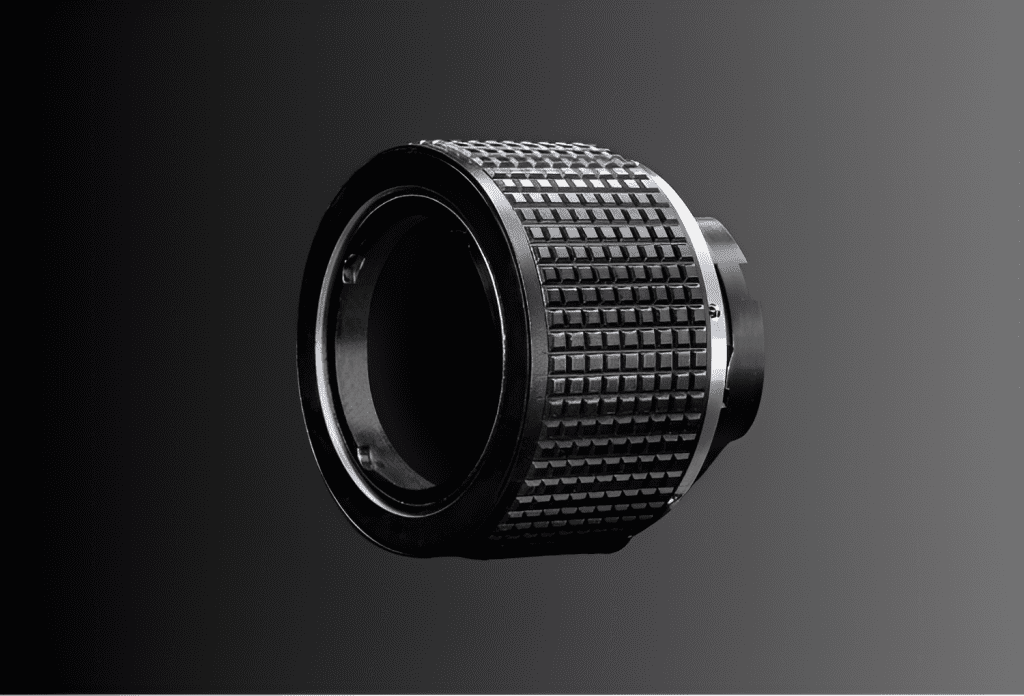
- Long Wave Infrared (LWIR) lenses work well in the long wave infrared wavelength range, from 8000 – 12000nm. An LWIR lens is an important component of LWIR thermal imaging and surveillance systems and these lenses are used in both industry and medicine.
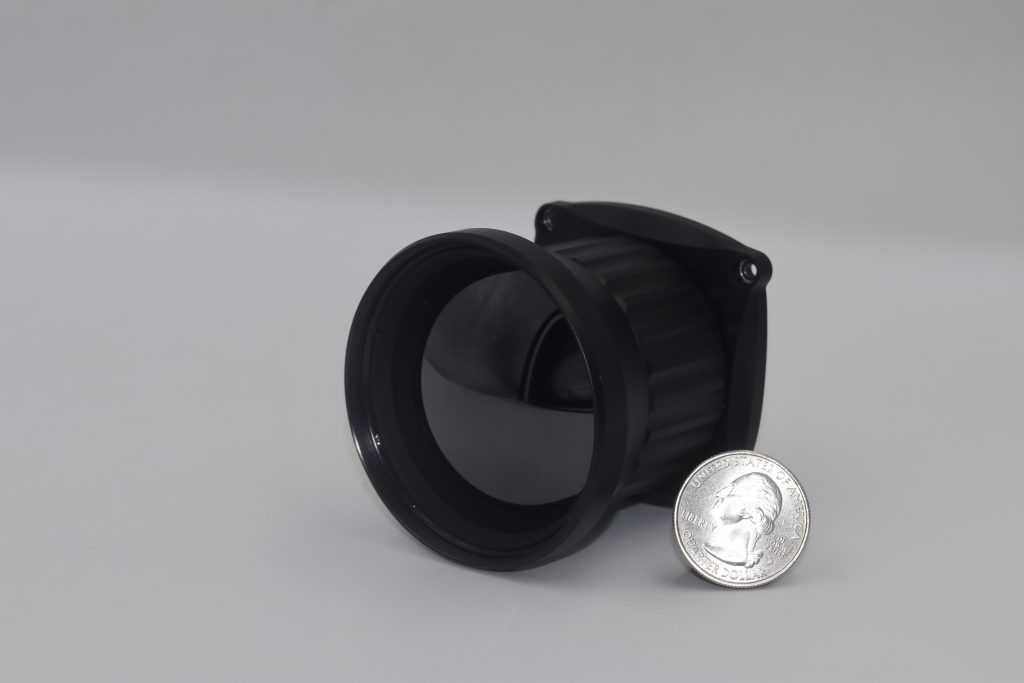
- Near Infrared (NIR) lenses are ideal for use in the region 900 nm to 1700 nm, and may be used for focusing and expanding NIR lasers as well as for fiber optics. NIR spectroscopy and imaging is also key in some medical diagnostic techniques, as it can be used to determine both the concentration and oxygenation of hemoglobin in the brain or other tissue.
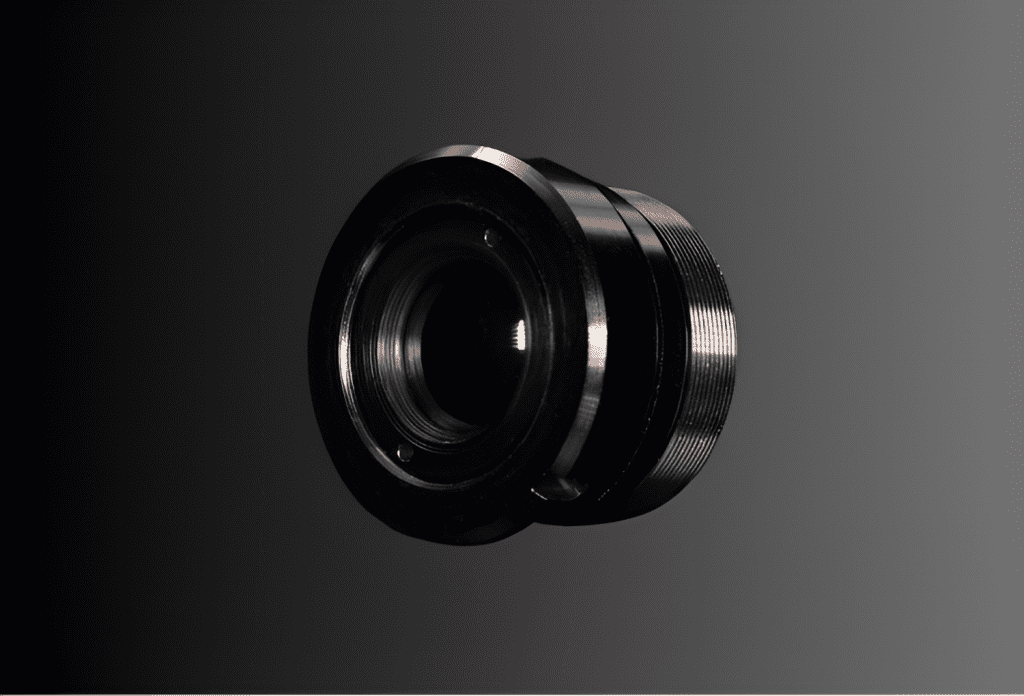
Substrates of IR Optics
- IR Grade Fused Silica is a highly transparent and versatile material primarily composed of silicon dioxide (SiO2), with a reducing amount of OH- ions as compared with other grades of silica. Offers a great transmission in wavelength from 0.14μm to 4.5μm, with a refractive index of 1.46. While having a low coefficient of thermal expansion, IR-grade fused silica also possesses a high resistance to thermal shock, enabling withstand rapid temperature changes without fracturing or undergoing significant changes in its optical properties.
- Chalcogenide is an amorphous glass and is easier to work with than conventional IR crystalline materials. It is quickly becoming a top choice among IR materials for optical engineers and lens designers. Chalcogenide glass is an ideal material for both high-performance infrared imaging systems and high-volume commercial applications. A number of different chemical composition choices exist for ChG, but BD6, composed of arsenic and selenium (As 40 Se 60), represents the best choice from a cost and ease-of-manufacturing perspective. Chalcogenide infrared glass materials and lenses are an excellent alternative in some applications for the more expensive and commodity price-driven materials such as Ge, ZnSe and ZnS2. Chalcogenide glasses trans mit primarily in the MWIR and LWIR wavebands, making them suitable for thermal imaging applications.
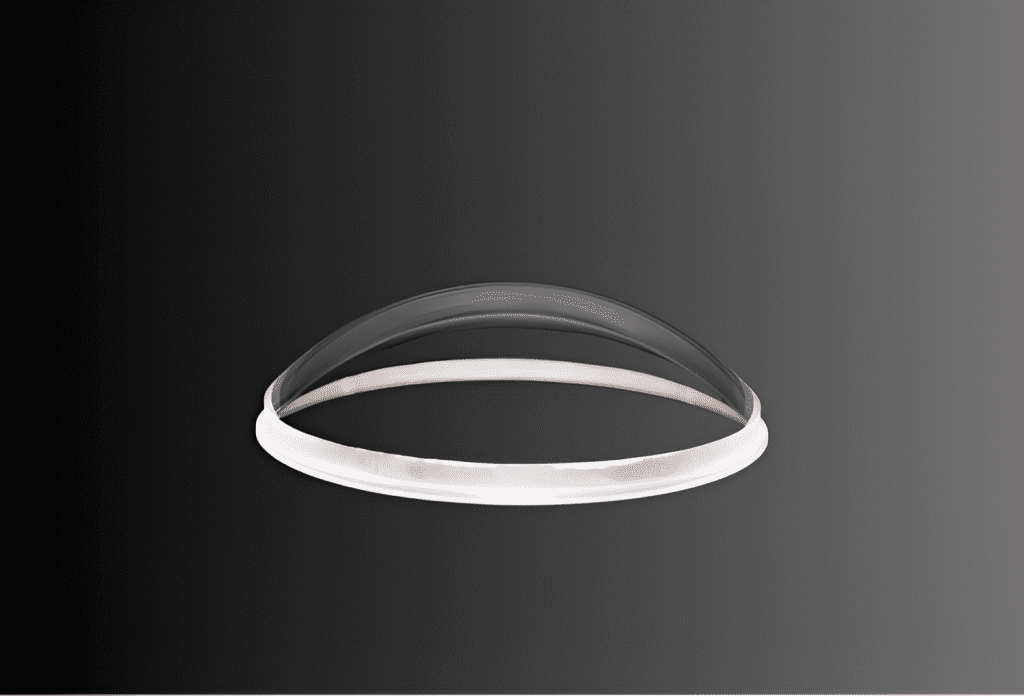
- Sapphire is a remarkable material widely utilized in infrared optics, it is a crystalline form of aluminum oxide (Al2O3) and exhibits excellent transmission properties in both the near-infrared (NIR) and mid-infrared (MIR) regions from 0.14μ to 6μm with refractive index of 1.768. It also allows for the precise fabrication of high-quality lenses, windows, and prisms, enabling the formation of well-defined optical surfaces for accurate infrared imaging and focusing.
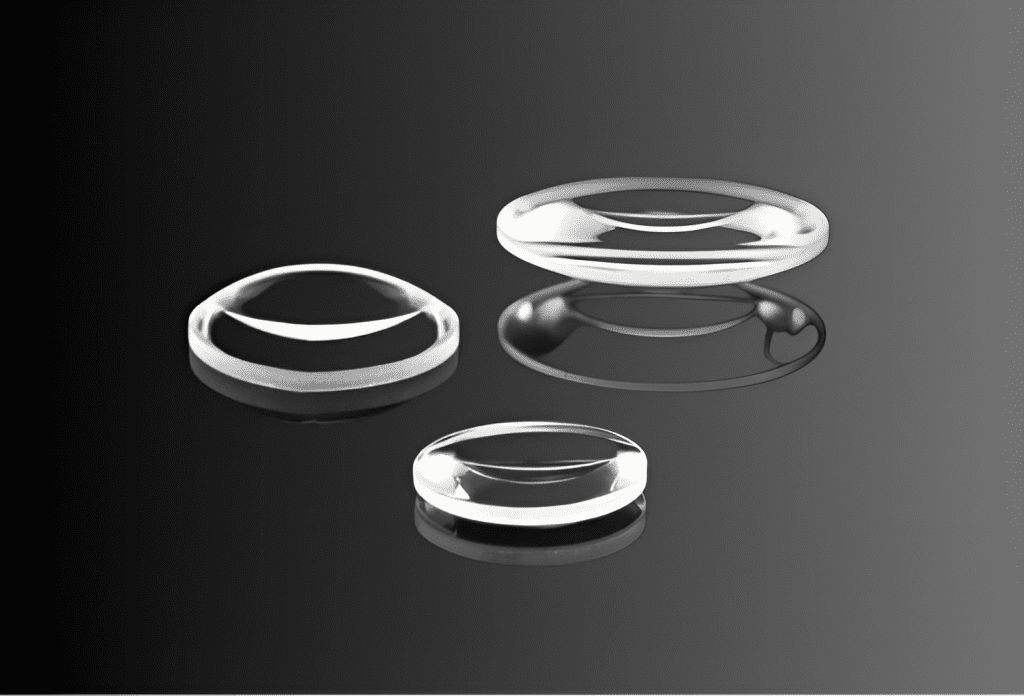
- Calcium Fluoride CaF2 optics material exhibits excellent transparency from 0.13μm – 12μm with a refractive index of 1.434, the transmission efficiency of CaF2 is typically above 90% for wavelengths in the MIR and FIR regions. CaF2 has excellent thermal stability, allowing it to maintain its optical properties across a wide temperature range.

- Chemical Vapor Deposition Zinc Sulfide CVD ZnS is one of the low-cost alternatives for infrared windows, domes, and optical elements, contributing to a single crystal-like transmittance in wavelength from 1μm to 13μm with a refractive index of 2.371. CVD ZnS is relatively soft compared to other infrared materials, such as germanium or sapphire. This softness can make it more susceptible to scratches or damage, and therefore it may require careful handling and proper protective coatings to enhance its mechanical durability.
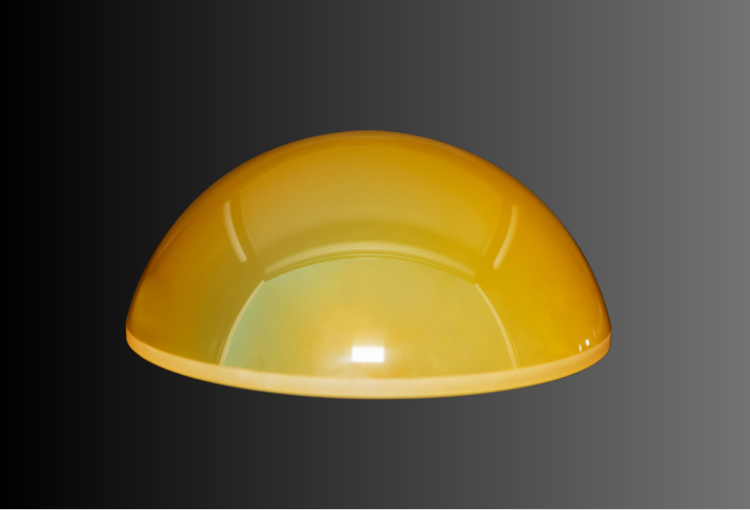
- Chemical Vapor Deposition Zinc Selenide CVD ZnSe is an optical material that can transmit in a wide wavelength band from 0.2μm to 20μm with a refractive index of 2.631. Same as CVD ZnS, it possesses a relatively soft mechanical property, and good thermal stability, enabling it to maintain its optical properties over a wide temperature range.
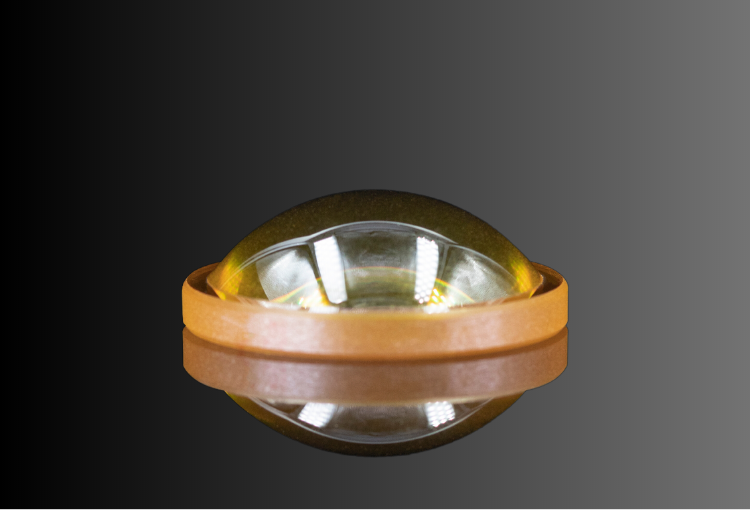
- Multispectral Zinc Sulfide M-ZnS is a specially engineered type of zinc sulfide material with improved transmission properties from 0.25μm to 13μm with a refractive index of 2.368. It is an ideal material high-performance common aperture systems that need to operate effectively across a wide range of wavelengths.

- Germanium Ge is a highly suitable option for optical lenses, windows, and prisms, offering excellent performance even without the need for infrared anti-reflection coatings. It possesses a transmission range from 1.8 to 13µm with refractive index of 4.005@10μm, enabling efficient passage of infrared light. With its high Knoop Hardness (780), germanium excels in applications that require durability. However, it is important to note that its usage is limited to temperatures below 100°C.
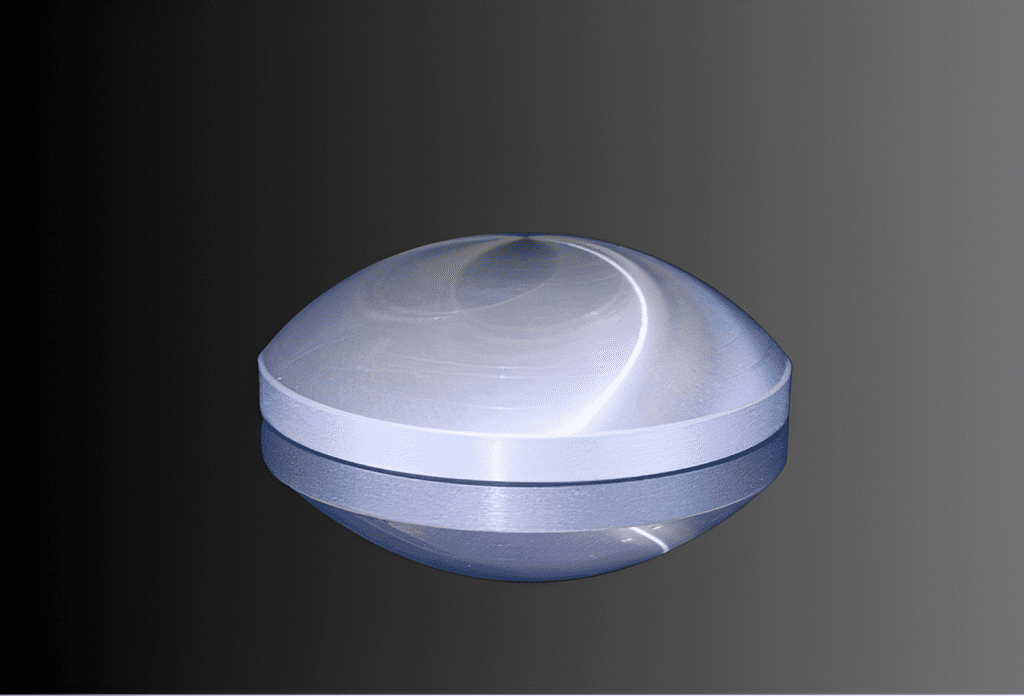
- Silicon Si is a widely used optical material that offers several advantageous properties, including high transmission from 1.1μm to 9μm; refractive index of 3.426@5um; possessing excellent thermal stability, making it suitable for applications involving high temperatures; mechanically robust and resistant to scratches, making it suitable for optical components that require durability and longevity.
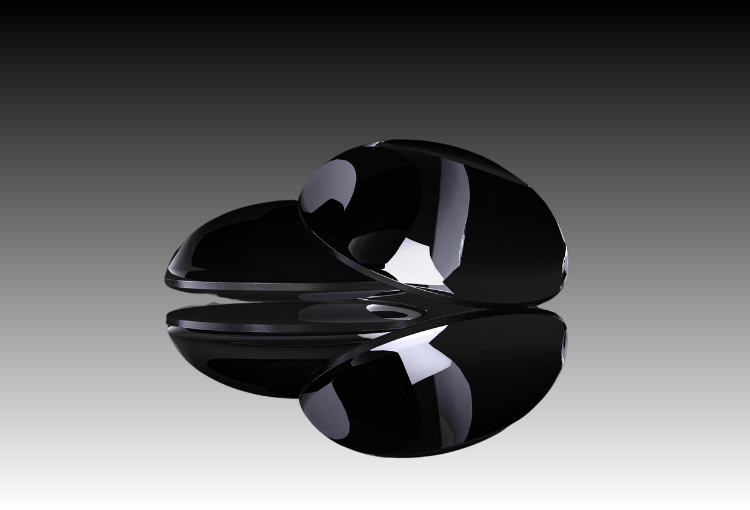
- Barium fluoride BaF2 is a commonly utilized material for infrared (IR) spectroscopy due to its favorable properties, with excellent transmission properties across a wide range of infrared wavelengths, Knoop hardness of 82.and a low refractive index of approximately 1.48, which contributes to minimal light dispersion and allows for accurate measurement and analysis of IR spectra. BaF2 can remain stable up to 800°C, but is resistant to thermal shock and should be used in a dry environment.

- Magnesium Flouride MgF2 is more durable if compared with ZnSe, offers excellent transmission properties in a wide spectral range from 0.12μm to 7μm, and its refractive index is the lowest among materials we are using with the value of 1.413. MgF2 has a density of 3.11 g/cm3 and Knoop hardness of 415, which contributes to its solid and robust nature and resistance to both chemical etching and laser damage.

IR Lenses for Your Application
At Avantier we carry both fixed focal length lenses as well as continuous zoom lenses. Every lens produced in our factory is carefully crafted and compliant with ISO and MIL standards. We would be happy to work with you to create a custom lens or optic with your desired focal length that performs as desired. Cost effective manufacturing means we can produce custom orders at very reasonable costs, with no compromise in quality. Contact us today if you’d like to discuss a custom order or your next project.
WE CAN HELP YOU!
Contact us NOW for sales & expert advice.

